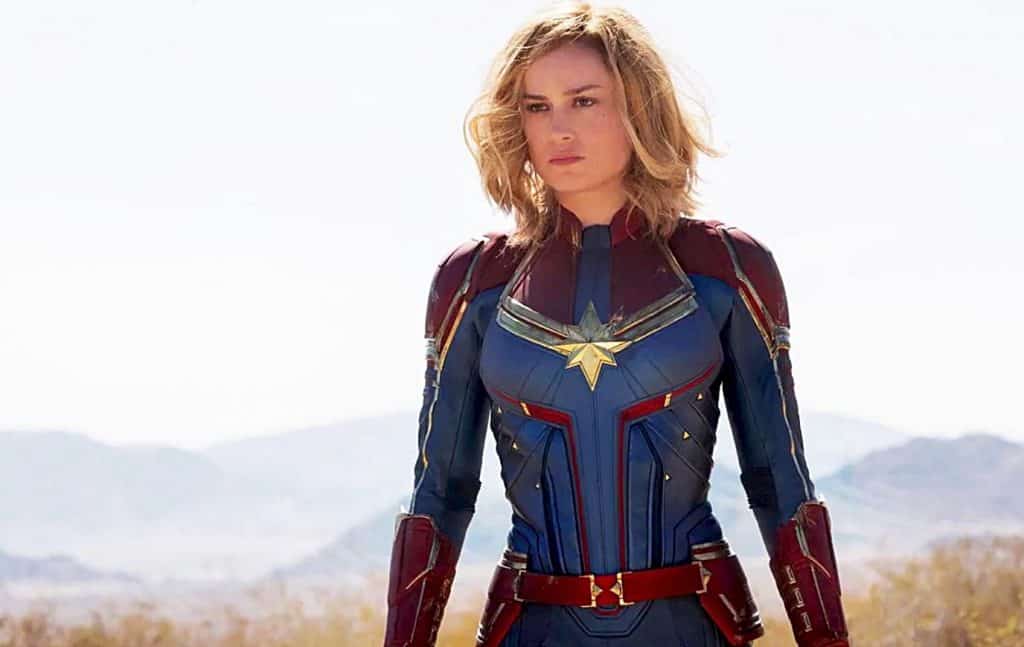
In 2017, Wonder Woman marked the first movie in either of the two largest comic companies’ cinematic universes to feature a female character in the lead role. Before Wonder Woman, Marvel and DC’s movie studios had doubted the chance of success for a female-driven superhero film. But, the problem with previous attempts at female protagonists in superhero movies wasn’t a lack of viewers willing to see a female-led film: the movies were just terrible. Marvel’s Elektra, which was released in 2005 before their cinematic universe began, received horrible reviews with only a 10% rating on Rotten Tomatoes. Similarly released before the current interconnected universes of movies existed, DC’s Catwoman starring Halle Berry got a dismal 9% rating.
So, why was Wonder Woman so successful?
One thing that set Wonder Woman apart from the other movies I mentioned was the popularity of its heroine. Elektra is not a Marvel character that many people know about now even after the movie came out and the character has been featured on Daredevil and The Defenders, two Netflix shows. While Catwoman was more familiar to audiences, she still did not reach Wonder Woman’s level of popularity. Wonder Woman has become a part of American pop culture since the character was first created in 1941, largely due to her 1970s TV show starring Lynda Carter as the titular character. Because Wonder Woman is somewhat of a household name, audiences were more likely to turn out and respond positively to her movie.

Another thing that set Wonder Woman apart was its female director, Patty Jenkins. With this film, Jenkins set a record for the highest-grossing movie of all time directed by a woman. But, you may be wondering, why was the director’s gender important? As a woman, Jenkins has the same female perspective that her protagonist does in the movie. She understands Diana Prince in some ways that a man would not. But, one of the areas where this is most clear is the costumes of Wonder Woman and the Amazons. The photo below shows the Amazons, a tribe of powerful, warrior women that Wonder Woman is a part of, in Wonder Woman (created by Lindy Hemming) on the left and more recently, the male-directed movie Justice League (created by Michael Wilkinson) on the right. In the first image, the women have practical armor; their vital organs are covered with metal or leather, they have metal gauntlets and shin guards, and areas of their body aren’t exposed unnecessarily. In Justice League, however, the majority of the women have absolutely no protection on their midriff (where their vital organs are) and the purpose of their outfits is clearly not what would be most appropriate in a battle, but instead, what looks the hottest. Jenkins and Hemming’s gender factored into their decision to prioritize practicality and realism over sexualization when designing the costumes and resulted in a drastically different characterization of the Amazons.

When I started this post, my goal was to talk about the background of Wonder Woman‘s success and the reason why said success was so important and the actual content of the movie, but I realized after I got 500 words in that it would probably be better to split this movie into two posts. So…
TO BE CONTINUED!





